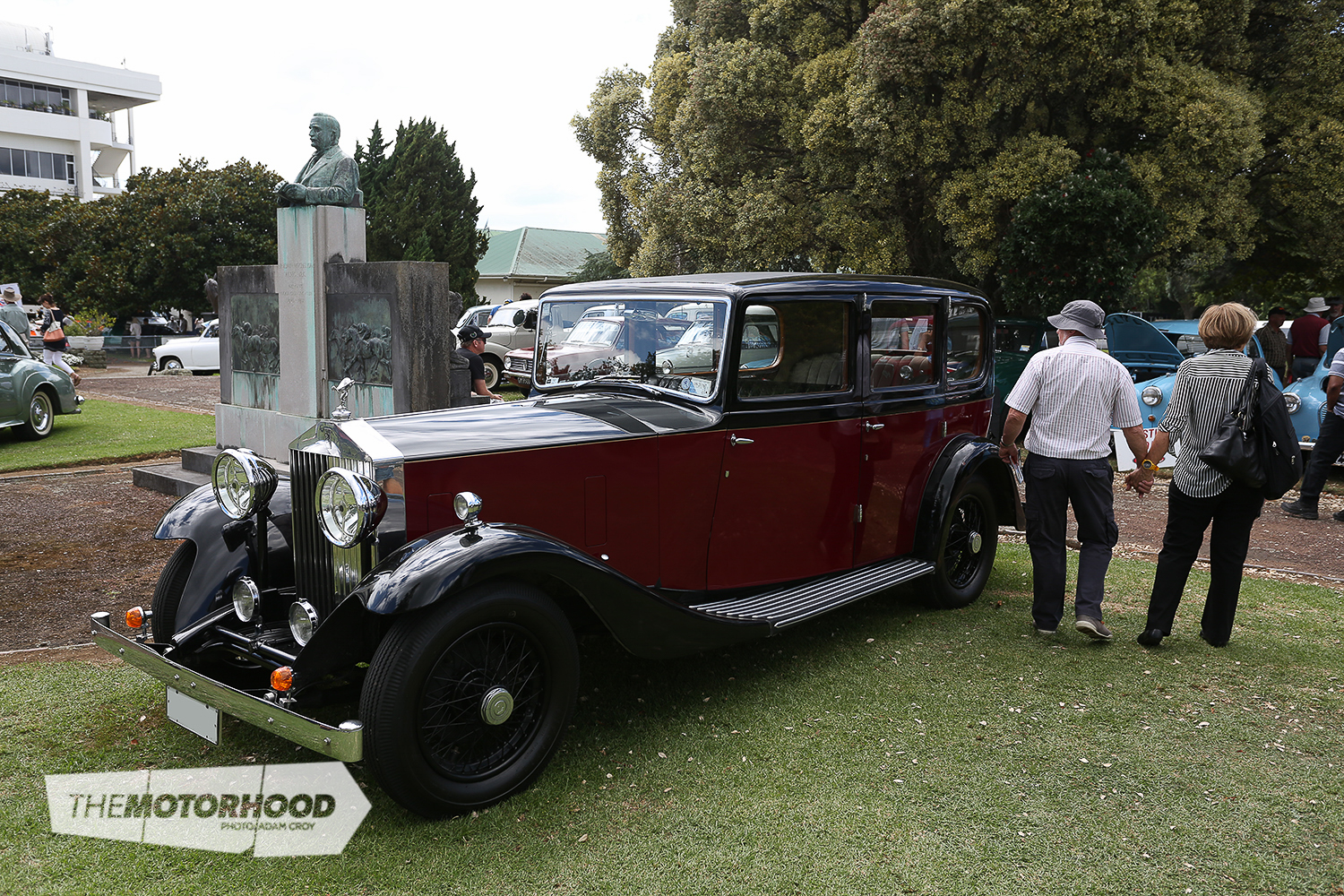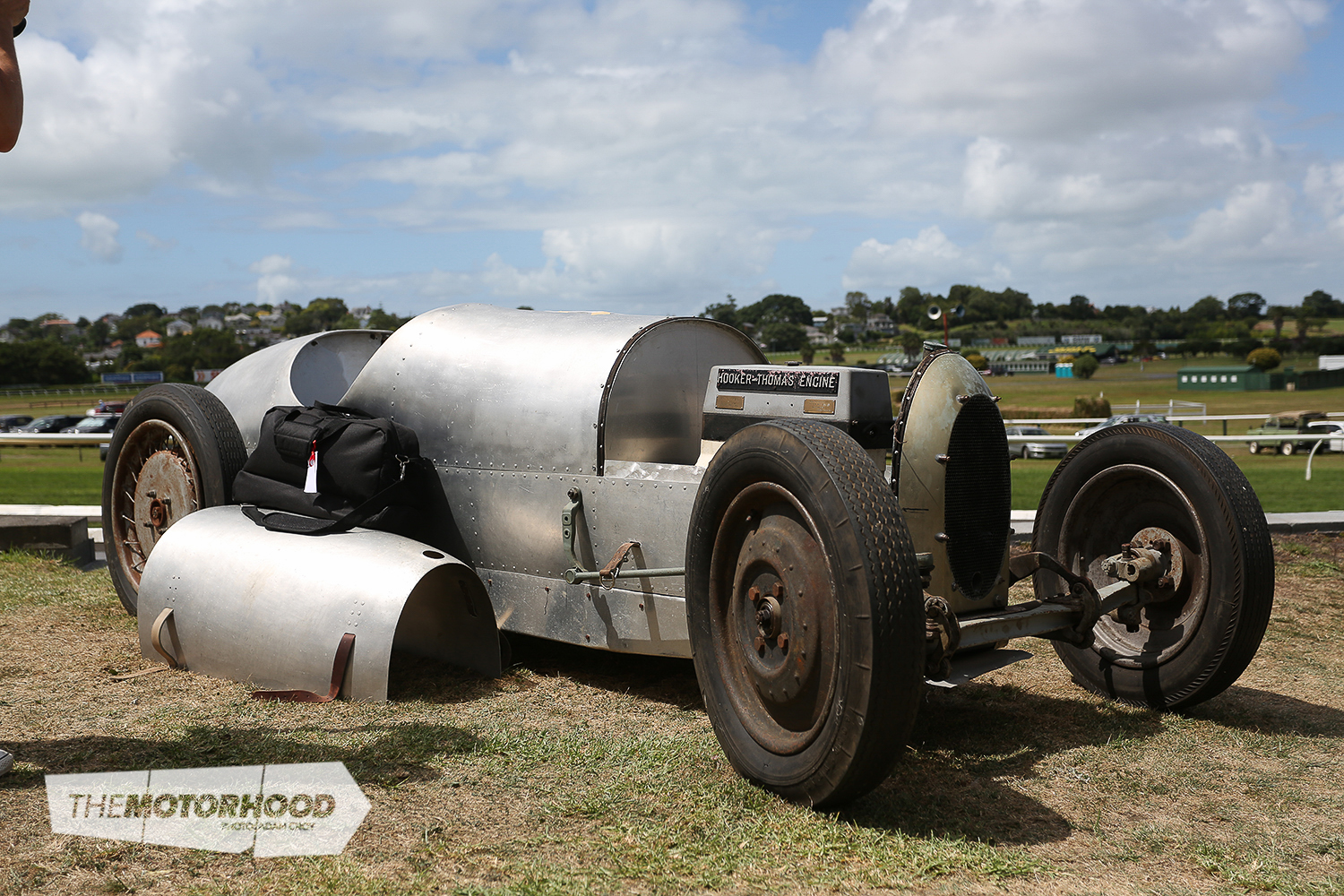According to the Fédération Internationale des Véhicules Anciens (FIVA), or to us English speakers, the International Federation of Historic Vehicles, a ‘historic’ vehicle is not simply an ‘old’ vehicle. FIVA is lobbying European politicians for a clear definition of a ‘historic vehicle’ as it calls for consistent, Europe Union (EU)–wide exemptions from low-emission-zone restrictions.

Patrick Rollet, president of FIVA, explains: “By ‘historic vehicle’, we mean a mechanically propelled road vehicle at least 30 years old, preserved and maintained in a historically correct condition, and not used as a means of daily transport. These vehicles are part of our technical and cultural heritage and, in our opinion, should not be lumped together with old, badly maintained cars that are used as cheap, everyday transport, when considering the problem of urban air pollution.”

FIVA understands the need for low-emission zones (LEZs), as towns have to comply with targets set in EU air-quality directives, and they must comply with health concerns expressed by the World Health Organization. Clearly, as older vehicles tend to be more of a source of pollution when compared with newer vehicles, LEZ measures often target older vehicles — but FIVA argues that there are many good reasons as to why the contribution of historic vehicles to urban air pollution is negligible:
- Historic vehicles — whether cars, motorcycles, or utilitarian — make up an insignificantly small fraction of road vehicles, and an even smaller fraction of road traffic, hence their contribution to air pollution is proportionately tiny. Since they are generally used purely for pleasure, they are rarely used in urban areas at peak times — and for all these reasons, emissions from these culturally important vehicles are statistically irrelevant.
- Historic vehicles are well maintained, again, reducing their impact on the environment. Owners typically spend several thousand euros per year on restoration, purchase of parts and accessories, maintenance, and repairs.
- Historic vehicles are driven carefully — as reflected in their very low insurance premiums.
- Very few historic vehicles have diesel engines, which is the primary target of many LEZs.
“Historic vehicle owners preserve motoring heritage and provide the public with a free museum of our motoring history and culture by using their vehicles on public roads,” adds Rollet. “It would be a great shame to see the disintegration of this important aspect of our cultural heritage.”

Meanwhile, any bans or restrictions on the use of historic vehicles will not only be grossly unfair on owners, but will also impact the thousands of small businesses that depend on the historic vehicle movement.
“Many countries across the EU have already positively decided that historic vehicles should be exempt from their low-emission-zone restrictions, including Germany, Italy, Hungary, the Czech Republic, Denmark, Sweden, and the UK. However, not only do the rules vary between one EU nation and another, but in some instances the rules can be different even when travelling from town to town within the same country. This is extremely confusing for historic vehicle owners.

“In summary, we are lobbying the EU politicians for three things. First, that there is a clear definition of ‘historic vehicles’ as opposed to simply ‘old’ vehicles. Secondly, that historic vehicles should be exempt from LEZ restrictions. And thirdly, that the exemption is applied consistently — not only within each country, but across the EU as a whole. We warmly encourage historic vehicle clubs and owners to likewise lobby their own national authorities where LEZs exist or are
proposed.”
About FIVA
FIVA was founded in 1966 in response to an idea formulated by a handful of organizations representing the interests of historic vehicle enthusiasts within a number of different countries. The founders felt that the time had come for an international body to promote and guide the interests of the historic vehicle movement throughout the world. At present FIVA can boast over 85 member organizations in more than 62 countries throughout the world, which in turn represent more than 1,500,000 historic vehicle enthusiasts.


